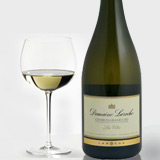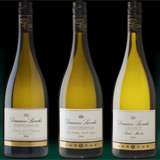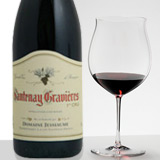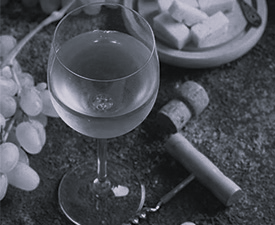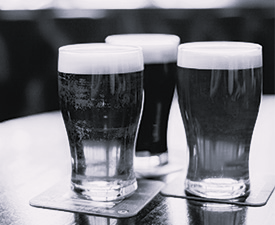Grand cru (French for 'great growth' or 'great classed growth') is a regional wine classification that designates a vineyard known for its historically favourable reputation in producing exceptional wine.
Although often used to describe grapes, wine and cognac, the term is not technically a classification of wine quality per se, but is intended to indicate the potential of the vineyard or terroir. It is the highest level of classification of AOC wines from Burgundy and Alsace. Plus the same term is applied to Chateaux in Saint-Emilion (right bank of Bordeaux), although in this region it has a different meaning and does not represent the top tier of classification. In Burgundy the level immediately below grand cru is known as premier cru, sometimes written as 1er cru.
Early Burgundian wine history is distinctly marked by the work of the Cistercians with the Catholic Church being the principal vineyard owner for most of the Middle Ages. Receiving land and vineyards as tithes, endowments and as exchanges for indulgences the monks were able to studiously observe the quality of wines from individual plots and over time began to isolate those areas that would consistently produce wine of similar aroma, body, colour and vigour and designate them as crus.
Following the success of the Bordeaux Wine Official Classification of 1855, Jules Lavalle developed an informal classification of vineyards of the Cote d'Or in his book 'History and Statistics of the Cote d'Or'. In 1861, Lavalle's classification was formalized by the Beaune Committee of Agriculture. The designations of grand cru and premier cru were later developed and expanded on in the 1930s with the creation of the 'Appellation d'Origine Controlee' (or AOC) system.
